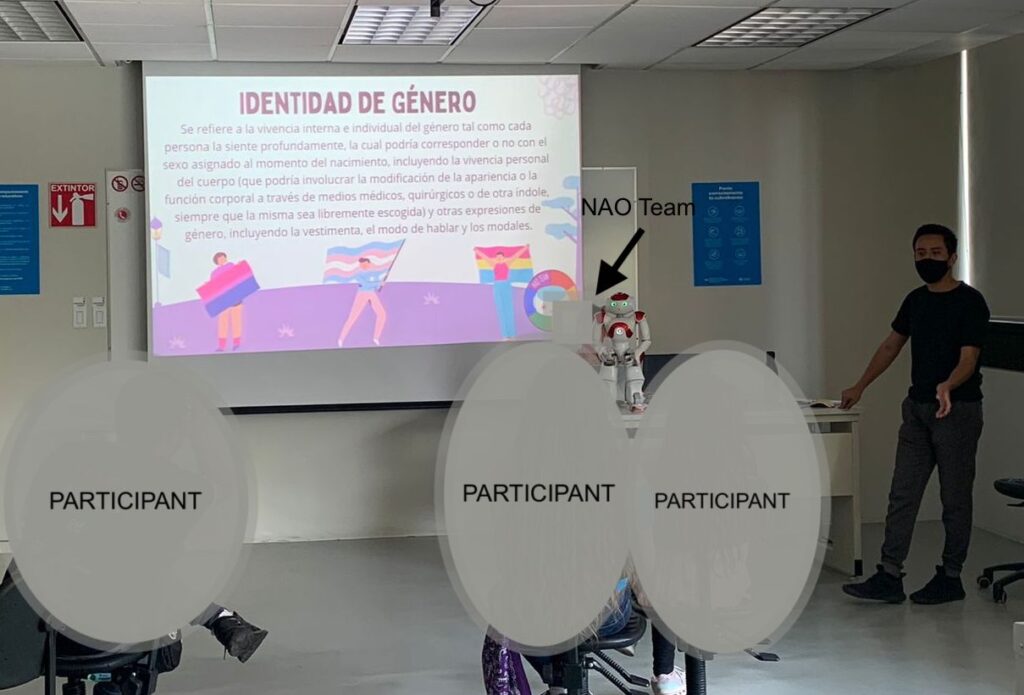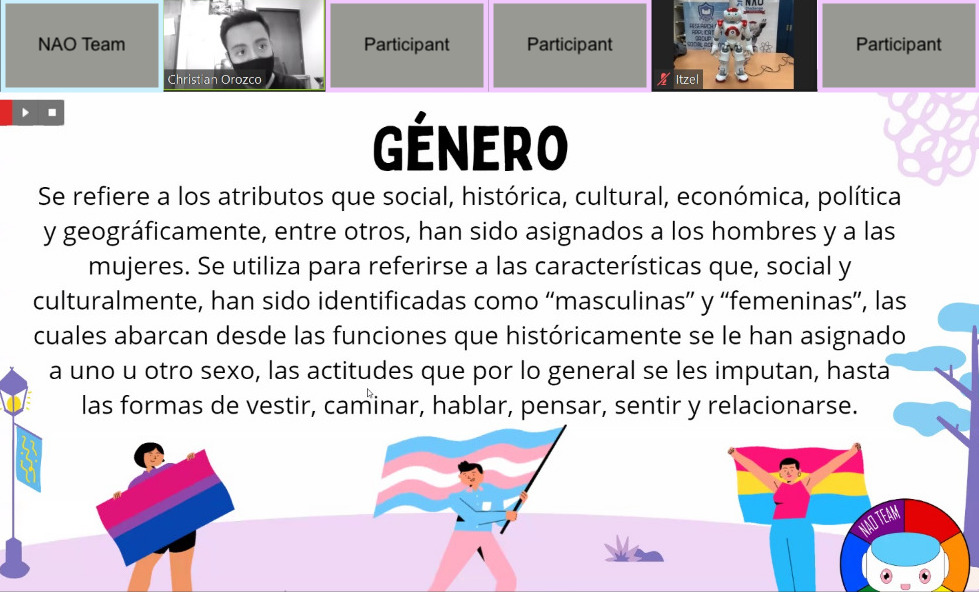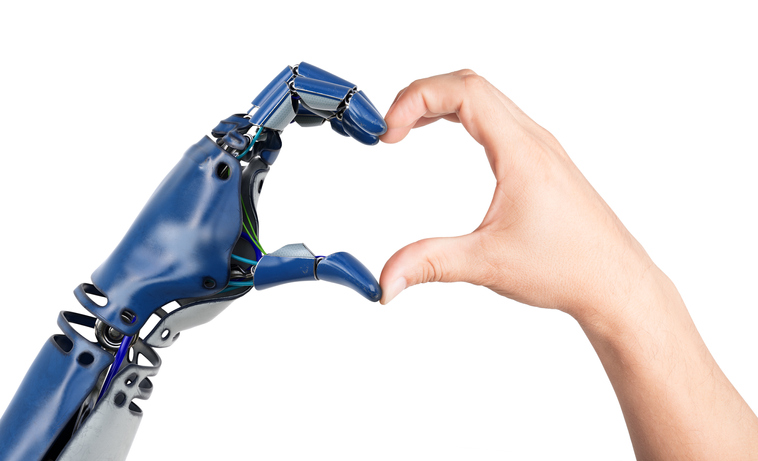Understanding the diversity around us is indispensable to adapting and creating healthy societies in an increasingly globalized world. Living and collaborating with people from different cultures, beliefs, races, and identities in multiple public spaces is part of our daily life. According to UNESCO, inclusive education seeks to identify and eliminate all barriers that prevent access to education, with actions in curricular improvements and pedagogy and teaching. Likewise, it is urgent to create educational forums and dialogues to prevent students, professionals, or anyone from suffering violence or discrimination based on their gender, sexual orientation, nationality, religion, disability, or other personal situation. The primary role of educational institutions is to train students and provide them with the necessary tools to face a continuously changing world; therefore, institutional education leaders must prepare students for these demands.
Education to understand sexual and gender diversity is a current topic in discussion in conservative societies such as Mexico. Efforts to create policies and legislation to protect the LGBTQ+ community in our country have been on the rise in recent years. Nevertheless, various sectors of society continue to perpetuate patriarchal beliefs and discriminate against minorities, actively opposing any changes that may benefit people who do not belong to their norm. Machismo and religious beliefs condemning any sexual orientation other than heterosexuality are the main perpetrators of discrimination against the LGBTQ+ community, with forms of violence ranging from rejecting people to murder. Hate crimes in our country are rising yearly; thus, calling for action to educate the population about taboo-based beliefs plaguing minorities for years is urgent.
“Social robotics helps us address still unknown issues in the classroom, generating inclusion and a positive response from the people who attended the workshops.”
In response, some universities in Mexico have launched extracurricular and curricular actions to create safe spaces, such as Tecnologico de Monterrey’s Center for Recognizing Human Dignity and UNAM’s Specialization in Gender Studies. However, there is still a long way to go to adapt spaces where people feel safe, with dignified representations in literature recognizing their rights in public spaces.
Integration of social robotics in educational processes
The educational proposal in this work is based on the success of implementing various kinds of social robotics in educational processes. The NAO robot used in our intervention is a tool successfully tested in multiple studies conducted at Tecnologico de Monterrey in Mexico City (for example, in teaching mathematics to primary, middle, and high school students and collaborating with physical therapy assistants from the National Rehabilitation Institute). Internationally, the NAO robot has also been proven to be an effective tool for increasing motivation in people and improving teaching processes.
This study’s primary motivation was the need to make sexual and gender diversity visible in education and provide a space where people could learn its introductory concepts within the university. Advised by continuously participating education specialists and psychologists, we conducted two workshops to address sexual and gender diversity among university students in both face-to-face and online modalities. These workshops, entitled “Introduction to sexual and gender diversity” and “Gender roles and stereotypes,” aimed to inform the basic concepts for understanding diversity and provide tools to identify gender biases in our daily lives. The instructor and the NAO robot moderated both workshops, speaking and presenting content to the public. A fundamental part of the teaching process was interacting with people through a series of dynamics that opened the door to discussion and allowed the public to express their opinions and contextual experiences about the topics.


The nationwide invitation was launched with the only requirement that the people be college students of legal age. The first stage of the educational process involved 25 students from 12 different campuses of six universities in Mexico. The University of Guadalajara, Tecnologico de Monterrey, the Universidad Michoacana de San Nicolás de Hidalgo, the Tecnologico Nacional de México, the Universidad de Colima, and the Universidad Autónoma de Aguascalientes were present in the virtual modality of the workshops, comprising 77% of the participants.
To measure the impact of the project, we used five redesigned tools to obtain both qualitative and quantitative data: 1) pre-test and post-test, 2) observation scale, 3) satisfaction survey, 4) sentiment analysis, and 5) usability survey. These tools’ first analysis yielded positive results in the interactions, revealing high levels of participants’ interest, increased understanding and retention of the concepts addressed, positive comments, and appreciation for the space provided during the study.
The latter serves as an encouraging invitation to create such spaces within classes because the attendees expressed their satisfaction about interacting in a space where sexual and gender diversity issues were addressed in the satisfaction survey and personally at the end of the workshops. The openness of the interactions was healthy and allowed the participants not only to feel recognized but also to become familiar with the concepts to learn and contribute to the teaching process.
Reflection
The continuous preparation to adapt to new technologies and didactic content must go hand-in-hand with preparing for diversity. Why not unify these tools to improve educational processes that contain inclusiveness? Teachers assume primary responsibility in educational processes, so preparing for diversity should be a topic of interest when interacting with new generations of students. As human beings in dynamic societies, we experience constant changes. It is not enough to be experts in our areas of knowledge; our classroom roles must include a global perspective, reflecting our institutions’ intentions to be examples of preparation and topicality.
The work presented in this article is a proposal to implement social robotics that helps us address issues still unknown in the classrooms in many places in Mexico and the world, generating inclusion and positive responses from the people who attend the workshops. However, this proposal is only one of many ways in which we can generate spaces for dialogue. As teachers, we have much work ahead of us in finding different dynamics to ensure that each person inside our classrooms feels safe. Just as we constantly prepare ourselves to provide the best in our classes and adapt the best educational technologies, we must prepare ourselves for issues of diversity and inclusion in the new world.
About the Author
Christian Fernando López Orozco (A01631685@tec.mx) is a recent graduate of the Master of Engineering Sciences program at Tecnologico de Monterrey, Mexico City Campus. This article is part of the thesis work entitled “Technological Approach for Inclusive Education in Mexican Institutions: The NAO Robot as a Tool to Teach about Sexual and Gender Diversity.”
Thesis advisors
Dr. Edgar Omar López Caudana (edlopez@tec.mx). Institute for the Future of Education, Tecnologico de Monterrey.
Dr. Pedro Ponce Cruz (pedro.ponce@tec.mx). School of Engineering and Sciences, Tecnologico de Monterrey.
Robotics “NAO TEAM, CCM” of Tecnologico de Monterrey, Mexico City Campus.
This article from Observatory of the Institute for the Future of Education may be shared under the terms of the license CC BY-NC-SA 4.0 
)
)

)